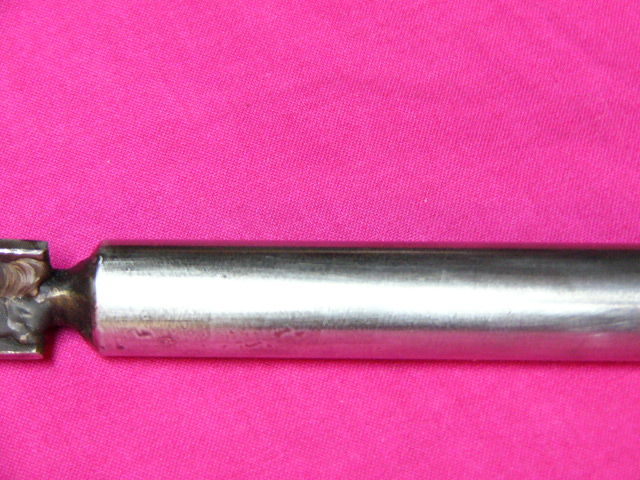chantrel wrote:Here is a garden tractor carburetor, the air passes through a reverse of the normal pr that the venting is at the same depression as the GVI.
If I understood your montage correctly:
- you use the micro tractor fuel tank as a constant level, to supply the GVI.
- You regulate the air that enters your GV with the butterfly valve or bushel of fuel. At the same time it balances the upstream downstream pressure.
It's clever!
Small flat, the carbs are not made for water and it corrodes a maximum and does not work long (a week) before a whitish deposit bitch you and blocks everything (needle / float).
- How much is the diameter of the air passage of the fuel at the venturi?
The exhaust valve mounted on the GVI settled by weight, allows the opening are approximately de1400tr / min, warming and inside the GVI pr generate steam and preheat incoming air when the exhaust gasses are hotter for reactors.
From the engine idling, the gasses pass outside the GVI now in t °.
I don't quite understand what you want to do with this system.
Does that make you 2 different heating powers for your GV?
A+








